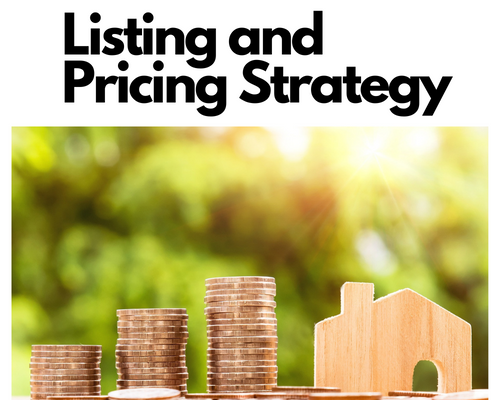
This step will combine all of the data that you have compiled so far and match it to your objectives which were defined at the beginning of the process, to determine a strategy to price and list your home for sale.
Your objectives for selling your home will impact the price of the home, but also influence the provisions you will require when listing the home. Determining the desired timeframe of selling, how quickly to complete the sale, your ability to stay in the home during (or after) the sale, the ability and frequency to show the home and your willingness to make concessions to the buyer are all factors which will affect how the home is positioned on the market.
An example of a challenging provision might be homes that require being shown by a representative or homeowner, or homes that have aggressive pets. These restrictive requirements will have comparatively the least number of showings and consequentially may need to be priced to compensate. Vacant homes usually have the most showings by interested agents and prospective buyers alike.
In all real estate transactions, the most important factor in selling any home is the right price. Numerous studies indicate that the longer a home remains on the market, the less money it will obtain when it does sell. An overpriced home will usually sell for less than it would have if priced correctly at the onset of listing.
There is a fine range to price a home which will drive interest and consequentially showings and offers. Pricing too far above or below this range will result in undesired activity and or no activity at all. Recently many homeowners have decided to list with a “low entry” price point, drive large amounts of traffic to the home and then competitively bid the price up. Using this strategy often results in a higher than asking price that exceeds the anticipated value.
It is important to say at this point that buyers have a real tendency to only consider a home ONCE! If it is not within their price point, or the barriers to view or buy are too excessive, or even if they have a bad experience while viewing the home… they won’t come back. Nor will they usually consider any of the changes that are made to the listing after their initial exposure. The objective for the pricing and listing strategy is to drive as many prospective buyers to consider and view the listing in the shortest period of time.
Considering a listing price will include a myriad of factors. Some of them should be:
Market Factors:
The seasonality of most markets are mainly driven by school. Few parents want to purchase a home and uproot their children during the school year. So there is a pricing implication if you need to sell during the peak of the school year. Tourism, job movement and even tax season may impact the market for your home.
The current availability of homes in your neighborhood is also important to understand. Inventory is basically defined as the number of months it would take to sell all of the available homes at a current rate of homes being sold. A 5-6 month inventory is considered a stable market, where buyer’s and seller’s have an equal amount of leverage to buy or sell. We have been experiencing a seller’s market for a number of years due to the overall lack of availability.
Economic Factors
Obviously the economy of a market relates directly to home sales, values and time on market. Some factors to consider are the jobless rate in the area, prevailing mortgage interest rate trends and the amount of inventory available for sale.
Cash sales of homes were recently common for a short period of time, but the majority of people will still require financing to procure a home. So availability of financing can impact the desirability for homes.
Comparative & Competitive Sales
Again, looking back at what similar homes have recently sold for should be one of the best guides to what price point trends are happening and what you can expect to realize in an appraisal.
You also need to understand the homes that you will be competing with, where they are priced and what listing incentives they offer. As most home seller’s have gone through this same process, the prices of competitive homes offer a direct guide to pricing your home.
Once they have secured financing, most buyers are looking to purchase within about a 60-75 day period. So your home needs to have more appeal than your neighbors’ home for sale, unless there is an overall shortage of availability. Evaluating homes currently under contract for the listing price, days on market and any incentives being offered also provides value when positioning your home.
Comparative Market Analysis – CMA
DO NOT rely on instant home evaluations and/ or the estimates that many internet real estate search services offer. These estimates are defined using very vague comparison methods and may times do not take into consideration unique aspects of your home. At best these tools would only provide a relevant value if all homes were the same size, age, construction and had the same features.
Most qualified Realtors would be happy to provide a complete comparative value analysis (CMA) created specifically for your home. If you are interested in receiving one, click here!
If you are considering selling a home yourself, it would be strongly advisable to get a certified real estate appraisal. Note that having this information is valuable in marketing a home, but relying on this single source of information to derive a price may leave some money on the table by not employing a more sophisticated marketing strategy.
Some Tips for Pricing Effectively
SEARCH THE MLS
5001 N Nebraska
Tampa, FL 33603


| Cookie | Duration | Description |
|---|---|---|
| cookielawinfo-checkbox-analytics | 11 months | This cookie is set by GDPR Cookie Consent plugin. The cookie is used to store the user consent for the cookies in the category "Analytics". |
| cookielawinfo-checkbox-functional | 11 months | The cookie is set by GDPR cookie consent to record the user consent for the cookies in the category "Functional". |
| cookielawinfo-checkbox-necessary | 11 months | This cookie is set by GDPR Cookie Consent plugin. The cookies is used to store the user consent for the cookies in the category "Necessary". |
| cookielawinfo-checkbox-others | 11 months | This cookie is set by GDPR Cookie Consent plugin. The cookie is used to store the user consent for the cookies in the category "Other. |
| cookielawinfo-checkbox-performance | 11 months | This cookie is set by GDPR Cookie Consent plugin. The cookie is used to store the user consent for the cookies in the category "Performance". |
| viewed_cookie_policy | 11 months | The cookie is set by the GDPR Cookie Consent plugin and is used to store whether or not user has consented to the use of cookies. It does not store any personal data. |